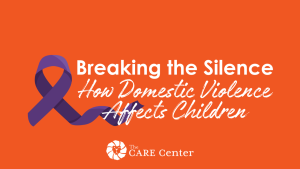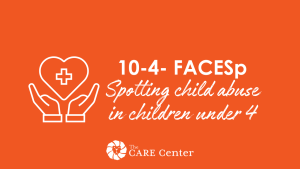- TikTok: short form video app that allows users to create and share short videos
- Hoop: mobile app that connects with Snapchat to allow users to find new friends
- Instagram: photo and video sharing platform
- Snapchat: photo and video sharing app that allows photos to show for a brief period
- Byte: video sharing app similar to Vine or TikTok
- YOLO: anonymous question and answer app
- Yubo: location based live streaming app
- WhatsApp: cross-platform messaging; allows users to send text messages and voice messages, make voice and video calls, and share images, documents, user locations, and other media
- Chatous: instant messaging app
- GroupMe: private chat room for small groups
- ASKfm: app that allows users ask questions to any person with the choice of being anonymous or as an identified user
- Whisper: it’s a form of ‘anonymous social media’, allowing users to post and share photo and video messages anonymously
- Blendr: video chat room where you are encouraged to “chat, flirt, and meet” with other users in your immediate area
- TamTam: chat and video messenger app
- Wink: mobile app that allows users to meet new friends on Snapchat via swiping
- Twitch: video live streaming service
- Discord: voice, video, and text chat app for teens age 13 and up
- Kik: instant messenger app
- Viber: messenger app with video and voice calls
- Telegram: cloud-based instant messenging and voice-call app
- Likee: video creation and sharing platform
How to Keep kids safe on social media
- Monitor use of the internet; consider keeping computer or electronics in the same common room.
- Talk to kids about why it is important not to disclose personal information online.
- Check your child’s profile and what they post.
- Read and follow safety tips provided by these apps or websites.
- Report inappropriate activity to the website or law enforcement immediately.
- Explain to your children that once images are posted online, they can never be taken back.
- Only allow kids to post photos or personal identifying information on websites with your knowledge and consent.
- Instruct kids to use privacy settings and to restrict access to profiles.
- Remind kids to only add people they know in real life to contact lists.
- Encourage kids to choose appropriate screen names and nicknames.
- Talk to your kids about creating strong passwords.
- Visit social networking websites with your kids and exchange ideas about acceptable versus potentially risky websites.
- Make it a rule that your kids can never give out personal information or meet anyone in person without your prior consent and knowledge.
- Encourage kids to consider whether a message is harmful, dangerous, or rude before posting or sending it online.
- Teach kids not to respond to any rude or harassing remarks or messages that make them feel scared, uncomfortable, or confused (have them show you the messages instead)
- Educate yourself on the websites, apps, and software that your child uses.
Additional Resources
- Parents beware! Oklahoma County Sheriff’s Office warns against apps predators use to target kids (KOCO)
- What parents need to know about the ask.fm app (Phone Sheriff)
- The Most Dangerous Apps of 2019 (Educate Empower Kids)
- Wildly Popular App Kik Offers Teenagers, And Predators, Anonymity (NY Times)
- App to no good: everything you need to know about Telegram (Calvert Journal)
- Parents’ Guide: What is Yolo app and is it safe? (Internet Matters)
- What Parents Need to Know About the YOLO App for Snapchat (Lifehacker)



